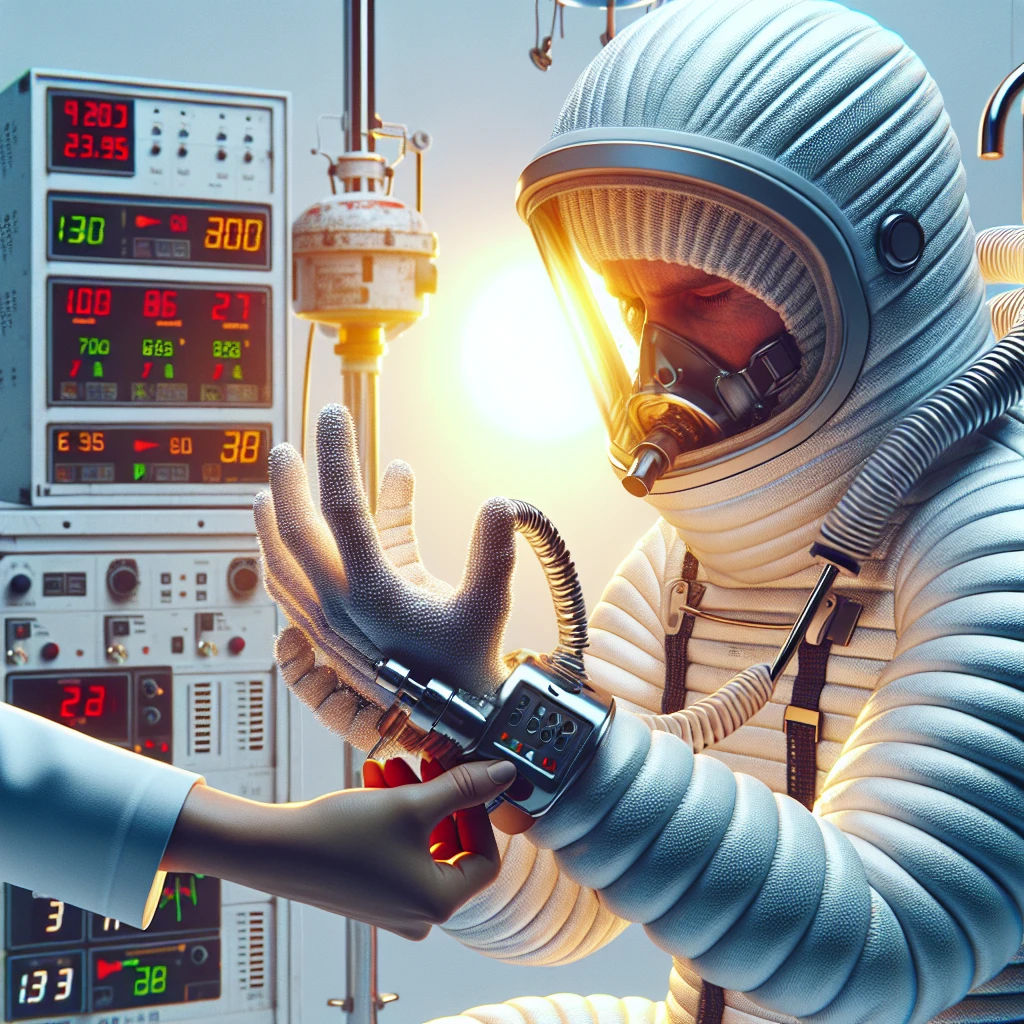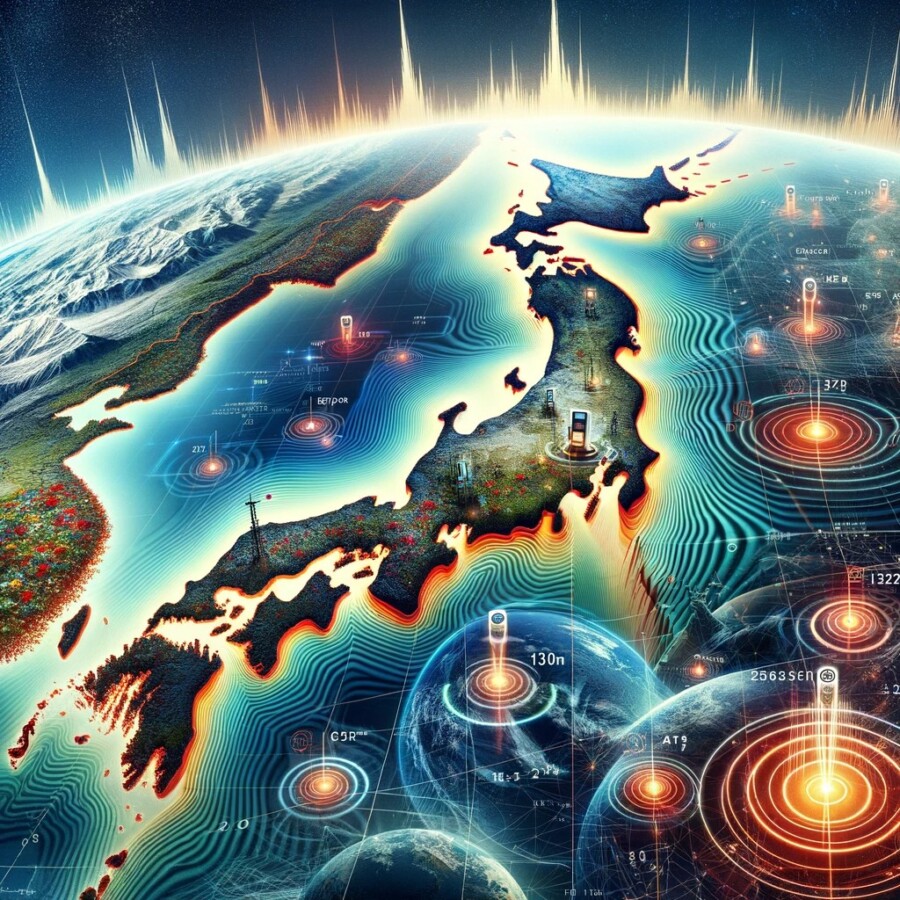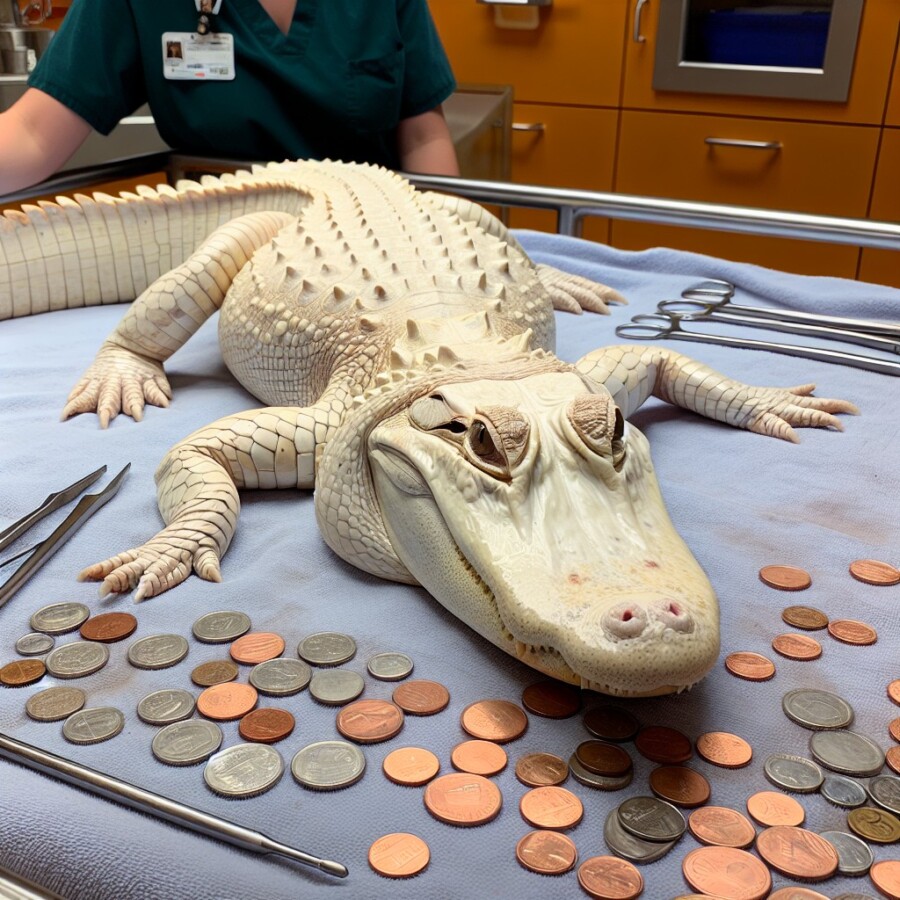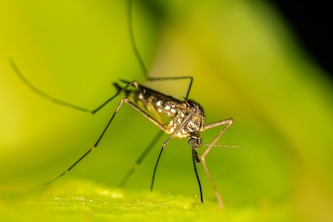A recent helicopter video taken over the Reykjanes Peninsula in Iceland has shown big cracks in the ground caused by volcanic activity. The Icelandic Coast Guard, along with BBC reporter Jessica Parker, went on a mission to check out the situation. Scientists have warned that the area could have more volcanic problems for many years. Because of this, the town of Grindavik was evacuated because people were worried that a volcano might erupt. The town has also sunk by more than a meter. The video shows that magma is flowing under a crack that people could see before in pictures taken from above. To protect important buildings, Iceland’s biggest bulldozer is being sent to Grindavik to make barriers against the lava. The famous tourist spot, the Blue Lagoon, will stay closed until the end of the month.
Original news source: Iceland: Helicopter footage shows giant cracks in earth (BBC)
Listen
Slow
Normal
Fast
Group or Classroom Activities
Warm-up Activities:
– News Summary
Instructions: Divide the students into small groups and give each group a copy of the article. Instruct them to read the article and then work together to write a summary of the main points. After a few minutes, have each group share their summary with the class.
– Opinion Poll
Instructions: Write the following question on the board: “Do you think it was necessary to evacuate the town of Grindavik due to the volcanic activity?” Have the students take a few minutes to think about their answer and then ask them to stand up and move to a side of the classroom that represents their opinion (e.g. one side for “yes” and the other side for “no”). Once everyone has chosen a side, allow them to discuss their reasoning with others who have the same opinion.
– Sketch It
Instructions: Divide the students into pairs. Give each pair a copy of the article and a blank piece of paper. Instruct one student in each pair to be the “drawer” and the other student to be the “describer”. The describer must read a sentence or two from the article and the drawer must sketch a corresponding image on the paper. After a set amount of time, have the students switch roles. Finally, have each pair share their sketches with the class and explain how they relate to the article.
– Vocabulary Pictionary
Instructions: Write a list of vocabulary words from the article on the board. Divide the students into small groups and give each group a whiteboard or piece of paper. Instruct them to take turns selecting a word from the list and drawing a picture to represent it. The other group members must guess the word based on the drawing. Award points for correct guesses and keep track of the scores. The group with the most points at the end wins.
– Future Predictions
Instructions: Divide the students into pairs. Instruct each pair to discuss and write down three predictions they have about the future of the Reykjanes Peninsula in Iceland based on the information in the article. Encourage them to use modal verbs (e.g. could, might, may) to express uncertainty. After a few minutes, have each pair share their predictions with the class.
Comprehension Questions:
1. What did a recent helicopter video show over the Reykjanes Peninsula in Iceland?
2. Who went on a mission to check out the situation caused by volcanic activity?
3. What have scientists warned about the area?
4. Why was the town of Grindavik evacuated?
5. How much has the town of Grindavik sunk by?
6. What can be seen flowing under a crack in the video?
7. What is being sent to Grindavik to protect important buildings?
8. When will the famous tourist spot, the Blue Lagoon, reopen?
Go to answers ⇩
Listen and Fill in the Gaps:
A recent helicopter video taken over the Reykjanes (1)______ in Iceland has shown big (2)______ in the ground (3)______ by volcanic activity. The Icelandic Coast Guard, along with BBC reporter (4)______ Parker, went on a (5)______ to (6)______ out the situation. Scientists have warned that the area could have more (7)______ problems for many (8)______. Because of this, the town of Grindavik was evacuated because people were worried that a (9)______ might erupt. The town has also sunk by more than a meter. The (10)______ shows that magma is flowing under a (11)______ that people could see before in pictures (12)______ from above. To protect important (13)______, Iceland’s (14)______ bulldozer is being sent to (15)______ to make barriers against the lava. The famous (16)______ spot, the Blue Lagoon, will stay closed until the end of the month.
Go to answers ⇩
Discussion Questions:
Students can ask a partner these questions, or discuss them as a group.
1. Have you ever seen a volcano before? If so, where?
2. How would you feel if you lived in a town that had to be evacuated because of a volcano?
3. Do you think it’s scary to see big cracks in the ground caused by volcanic activity? Why or why not?
4. Have you ever been to a famous tourist spot? Which one? Did you enjoy it?
5. What do you think it would be like to live in a town that is sinking?
6. How do you think the people in Grindavik are feeling right now?
7. Do you think it’s important to protect important buildings from lava? Why or why not?
8. Have you ever seen magma before? If so, how did it look?
9. How would you feel if you were on the helicopter mission to check out the volcanic activity?
10. Do you like watching videos of natural disasters like volcanic eruptions? Why or why not?
11. What do you think it would be like to live near a volcano?
12. How do you think the volcanic activity will affect tourism in Iceland?
13. Why do you think the Blue Lagoon is staying closed until the end of the month?
14. Would you like to visit Iceland someday? Why or why not?
15. Do you think the volcanic problems in the Reykjanes Peninsula will ever go away? Why or why not?
Individual Activities
Vocabulary Meanings:
Match each word to its meaning.
Words:
1. cracks
2. volcanic
3. evacuated
4. erupt
5. sunk
6. magma
7. barriers
8. lava
Meanings:
(a) Structures or objects used to block or prevent something from passing through
(b) Molten rock beneath the Earth’s surface
(c) Hot, melted rock that flows from a volcano
(d) Forced to leave a place for safety reasons
(e) Lines or openings in the ground or surface
(f) Related to a volcano or volcanic activity
(g) To go down or descend below the surface
(h) To explode or burst out violently
Go to answers ⇩
Multiple Choice Questions:
1. What did the helicopter video show over the Reykjanes Peninsula in Iceland?
(a) Beautiful landscapes and mountains
(b) Big cracks in the ground caused by volcanic activity
(c) A new town being built
(d) A group of whales swimming in the ocean
2. Who went on a mission to check out the situation in Iceland?
(a) The Icelandic Coast Guard and BBC reporter Jessica Parker
(b) A group of tourists
(c) Local residents of Grindavik
(d) Scientists from around the world
3. What have scientists warned about the area?
(a) It will become a popular tourist destination
(b) It will sink into the ocean
(c) It could have more volcanic problems for many years
(d) It will experience earthquakes but not volcanic eruptions
4. Why was the town of Grindavik evacuated?
(a) People were worried that a volcano might erupt
(b) There was a severe storm approaching
(c) The town was experiencing a water shortage
(d) A new shopping mall was being built
5. How much has the town of Grindavik sunk?
(a) Just a few centimeters
(b) It hasn’t sunk at all
(c) It is now located on higher ground
(d) More than a meter
6. What is flowing under a crack in the ground?
(a) Water
(b) Lava
(c) Ice
(d) Magma
7. What is being sent to Grindavik to protect important buildings?
(a) A team of firefighters
(b) Iceland’s biggest bulldozer
(c) A group of construction workers
(d) A helicopter with supplies
8. When will the famous tourist spot, the Blue Lagoon, reopen?
(a) In a few days
(b) It will remain closed indefinitely
(c) At the end of the month
(d) It has already reopened
Go to answers ⇩
True or False Questions:
1. The Icelandic Coast Guard and BBC reporter Jessica Parker did not go on a mission to investigate the situation.
2. The town of Grindavik has sunk by over a meter.
3. Scientists have not warned that the area could experience more volcanic problems for many years.
4. The popular tourist attraction, the Blue Lagoon, will remain closed until the end of the month.
5. Due to concerns about a potential volcanic eruption, the town of Grindavik was evacuated.
6. A helicopter video recently captured cracks in the ground caused by volcanic activity in Iceland’s Reykjanes Peninsula.
7. The video footage does not show magma flowing beneath a visible crack that had been previously seen in pictures taken from above.
8. Iceland’s smallest bulldozer is being sent to Grindavik to create barriers against the lava and protect important buildings.
Go to answers ⇩
Write a Summary:
Write a summary of this news article in two sentences.
Check your writing now with the best free AI for English writing!
Writing Questions:
Answer the following questions. Write as much as you can for each answer.
Check your answers with our free English writing assistant!
1. What did the recent helicopter video show over the Reykjanes Peninsula in Iceland?
2. Who went on a mission to check out the situation in Iceland?
3. Why was the town of Grindavik evacuated?
4. What is being done to protect important buildings in Grindavik?
5. When will the Blue Lagoon reopen to tourists?
Answers
Comprehension Question Answers:
1. What did a recent helicopter video show over the Reykjanes Peninsula in Iceland?
The recent helicopter video showed big cracks in the ground caused by volcanic activity.
2. Who went on a mission to check out the situation caused by volcanic activity?
The Icelandic Coast Guard, along with BBC reporter Jessica Parker, went on a mission to check out the situation.
3. What have scientists warned about the area?
Scientists have warned that the area could have more volcanic problems for many years.
4. Why was the town of Grindavik evacuated?
The town of Grindavik was evacuated because people were worried that a volcano might erupt.
5. How much has the town of Grindavik sunk by?
The town of Grindavik has sunk by more than a meter.
6. What can be seen flowing under a crack in the video?
Magma can be seen flowing under a crack in the video.
7. What is being sent to Grindavik to protect important buildings?
Iceland’s biggest bulldozer is being sent to Grindavik to make barriers against the lava.
8. When will the famous tourist spot, the Blue Lagoon, reopen?
The famous tourist spot, the Blue Lagoon, will stay closed until the end of the month.
Go back to questions ⇧
Listen and Fill in the Gaps Answers:
(1) Peninsula
(2) cracks
(3) caused
(4) Jessica
(5) mission
(6) check
(7) volcanic
(8) years
(9) volcano
(10) video
(11) crack
(12) taken
(13) buildings
(14) biggest
(15) Grindavik
(16) tourist
Go back to questions ⇧
Vocabulary Meanings Answers:
1. cracks
Answer: (e) Lines or openings in the ground or surface
2. volcanic
Answer: (f) Related to a volcano or volcanic activity
3. evacuated
Answer: (d) Forced to leave a place for safety reasons
4. erupt
Answer: (h) To explode or burst out violently
5. sunk
Answer: (g) To go down or descend below the surface
6. magma
Answer: (b) Molten rock beneath the Earth’s surface
7. barriers
Answer: (a) Structures or objects used to block or prevent something from passing through
8. lava
Answer: (c) Hot, melted rock that flows from a volcano
Go back to questions ⇧
Multiple Choice Answers:
1. What did the helicopter video show over the Reykjanes Peninsula in Iceland?
Answer: (b) Big cracks in the ground caused by volcanic activity
2. Who went on a mission to check out the situation in Iceland?
Answer: (a) The Icelandic Coast Guard and BBC reporter Jessica Parker
3. What have scientists warned about the area?
Answer: (c) It could have more volcanic problems for many years
4. Why was the town of Grindavik evacuated?
Answer: (a) People were worried that a volcano might erupt
5. How much has the town of Grindavik sunk?
Answer: (d) More than a meter
6. What is flowing under a crack in the ground?
Answer: (d) Magma
7. What is being sent to Grindavik to protect important buildings?
Answer: (b) Iceland’s biggest bulldozer
8. When will the famous tourist spot, the Blue Lagoon, reopen?
Answer: (c) At the end of the month
Go back to questions ⇧
True or False Answers:
1. The Icelandic Coast Guard and BBC reporter Jessica Parker did not go on a mission to investigate the situation. (Answer: False)
2. The town of Grindavik has sunk by over a meter. (Answer: True)
3. Scientists have not warned that the area could experience more volcanic problems for many years. (Answer: False)
4. The popular tourist attraction, the Blue Lagoon, will remain closed until the end of the month. (Answer: True)
5. Due to concerns about a potential volcanic eruption, the town of Grindavik was evacuated. (Answer: True)
6. A helicopter video recently captured cracks in the ground caused by volcanic activity in Iceland’s Reykjanes Peninsula. (Answer: True)
7. The video footage does not show magma flowing beneath a visible crack that had been previously seen in pictures taken from above. (Answer: False)
8. Iceland’s smallest bulldozer is being sent to Grindavik to create barriers against the lava and protect important buildings. (Answer: False)
Go back to questions ⇧













